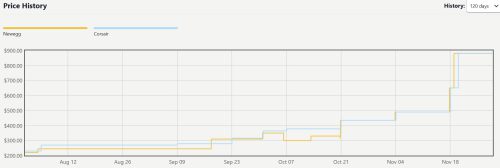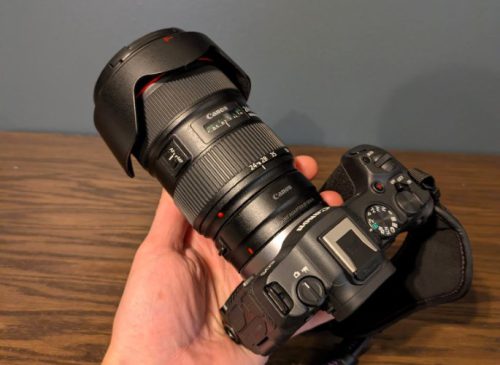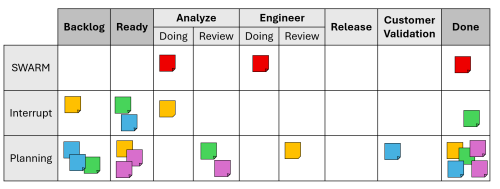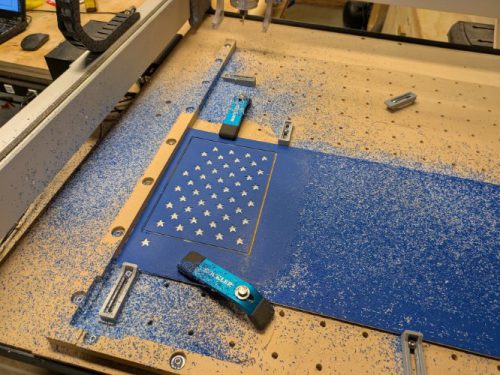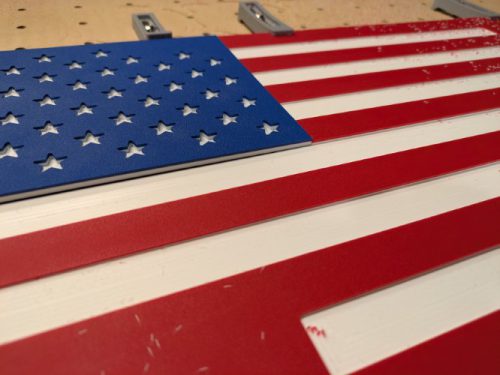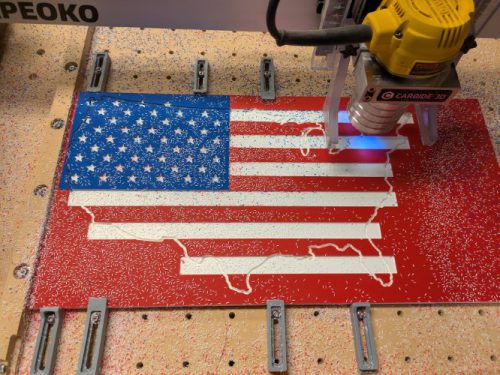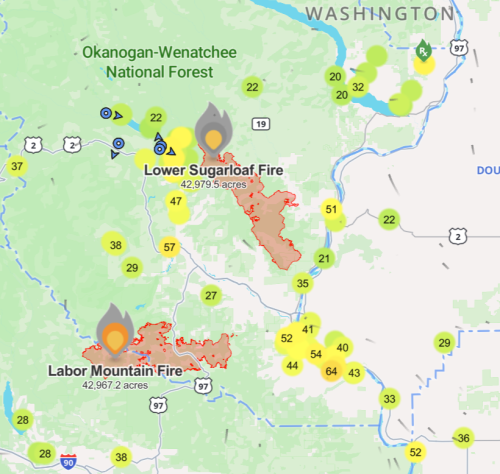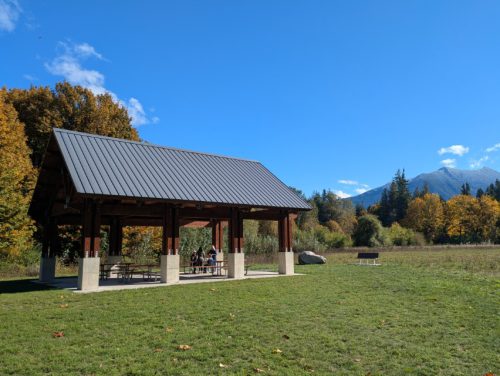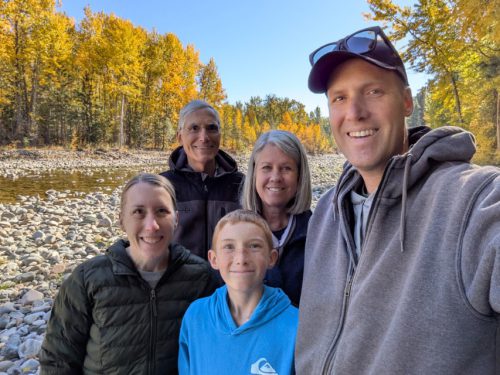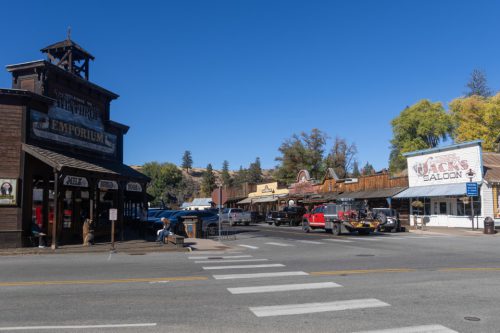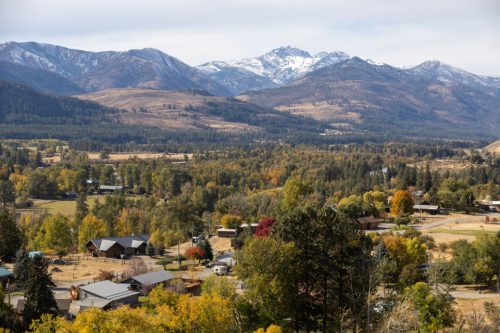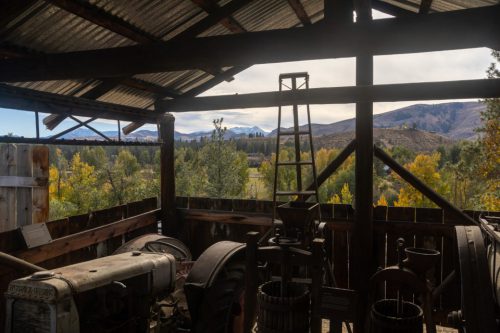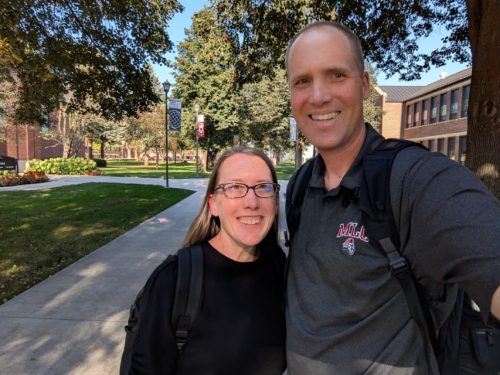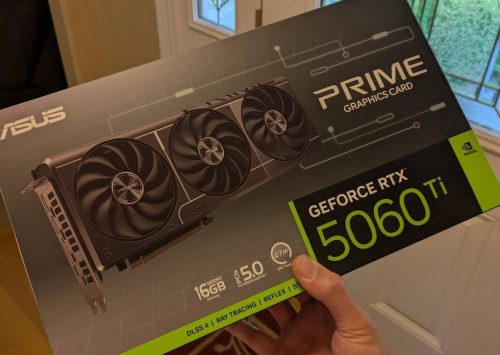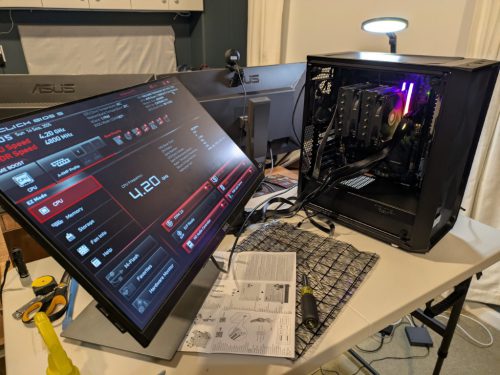February of 2020 was the last time I built a PC. I had decided to build something that would do a better job handling video editing because I was just starting to teach myself Davinci Resolve. A month later, COVID hit, prices skyrocketed, and I was spending 5-10 hours a week editing video for our online church services. It was a huge blessing to have that new PC to speed up my work.
Fast forward to today and we’re nearing the end of Windows 10 support. The old PC that I use for a file server, cloud backup client, and security camera server is not able to upgrade to Windows 10 and I’m ready to replace it anyway. But instead of just building a simple PC for that, I decided to replace it with my 2020 PC and that leaves me “needing” to build a new main PC. Yay!
As usual, I spent a long time researching all my options. I recently bought the full license to Davinci Resolve Studio so I was targeting its requirements. I don’t game much on my PC but the video editing is nearly as taxing in many areas. Ken had just had a great experience buying a PC from Skytech Gaming and they had a pre-configured option that was almost exactly what I was planning to build anyway. I ended up building myself anyway because I could save money on the Windows license (with my company discount) and get double the RAM while saving myself a couple hundred bucks. Here’s what I chose:
- AMD Ryzen 7 7800 X3D 4.2 GHz 8-Core Processor
- Thermalright Peerless Assassin 120 SE 66.17 CFM CPU Cooler
- MSI MAG B650 TOMAHAWK WIFI ATX AM5 Motherboard
- Corsair Vengeance RGB 64 GB (2 x 32 GB)
- Samsung 990 Pro 1 TB M.2-2280 PCIe 4.0 X4 NVME Solid State Drive
- Asus PRIME GeForce RTX 5060 Ti 16 GB Video Card
- Fractal Design Meshify C ATX Mid Tower Case
- MSI MAG A850GL PCIE5 850 W 80+ Gold Certified Fully Modular ATX Power Supply
It was really interesting designing this using AI to help me. It was able to pull in a lot of reference material about my specific use case and compare multiple options so I felt like I was making a pretty educated choice.
All the parts finally arrived and I carved out some time on a Saturday to start the build. Pretty soon, I was very much regretting not buying the pre-built system. The first problem I hit was that I could not get it to POST. The motherboard just showed lights indicating it couldn’t find the CPU and RAM. I hadn’t done a partial test before putting it all in the case so eventually I gave in and completely undid the build, tearing it down to its bare components. It still didn’t work. So I pulled the CPU cooler off, cleaned off the thermal paste, carefully reseated the CPU and… it still didn’t work. I exhausted long checklists and after hours of work, I was nowhere. At this point I was looking up return policies to see if I could just get most of my money back and go with the pre-built system.
But then I finally noticed a line in a response from AI that pointed me to a video where a guy commented that he’s noticed that with recent AMD CPUs, you sometimes have to wait 5-10 minutes after it boots for the BIOS to figure everything out. Huh? It seemed crazy but what else was I going to try. I set a timer and walked away to cool down.
I came back to a glorious green light on the motherboard! I plugged in a monitor and could see the BIOS. Victory!
Almost. You maybe have noticed I started this part of the story with “the first problem”. That’s because when I plugged in my fancy video card, I couldn’t even get to the BIOS. I eventually got to a state where I couldn’t even boot to the BIOS with the video card removed! I had to reset the CMOS by using a screwdriver to jump two pins on the motherboard. I’m not sure if I changed something in the BIOS to get it working or if just reseating the card was what fixed it, but voila, it worked. I was then able to install Windows, add all the drivers, and that was pretty much the end of the build.
Oh and I should also mention that when I took the build apart, I broke the USB header on the motherboard. The specific connector used by Fractal for the front USB ports on the case is pretty much impossible to remove. Numerous other people have apparently had the same problem. I tried to repair it but eventually gave up and just bought a USB hub to sit on top of the case instead. It’s a frustrating reminder of the difficulties I hit, but in the end, it’s not that big of a deal.
With this rocky start, I keep nervously waiting for something to go wrong, but the machine has performed great! I had debated about liquid or air cooling, but the setup I have seems to be keeping everything cool and it’s much quieter than my last machine.
Even better, it runs Davinci Resolve Studio incredibly well! The last video I made for our trip to Yellowstone took 3:50 minutes to render on my old machine but this new one did it in 1:25! And when I’m editing the video and moving around in the timeline, it’s buttery smooth.
I’ll let the old machine sit for a bit before I pave it and turn it into my file server and security camera server. Hopefully this new machine continues to serve me well for many years… and next time I’ll buy a pre-built one.

